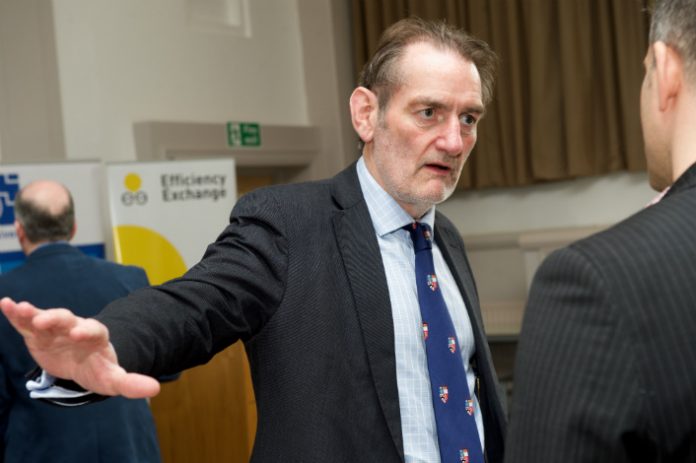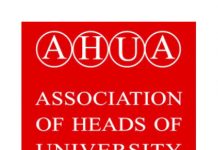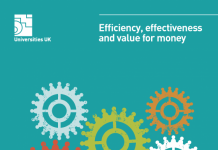
February 2015 sees the launch of a report led by Professor Sir Ian Diamond highlighting examples of efficiency in higher education. In the first in a series of blogposts that Efficiency Exchange will run ahead of the launch, Sir Ian emphasises the need to build on previous work towards the goal of creating smarter, stronger universities.
Higher education is a jewel in the UK’s crown. The UK has the second highest concentration of the world’s top universities and we rank first by field-weighted citation impact – an indicator of outstanding research quality and something which rightly attracts students and scholars from around the world.
UK higher education is also a hugely significant economic actor, supporting more than 700,000 jobs and contributing in excess of £70bn to the UK economy. This contribution ranks alongside that of legal services and is considerably more than computer manufacturing, basic pharmaceuticals and the air transport industry.
We are also a sector that has, for many years, prioritised efficiency and effectiveness in all that we do. We have consistently met – and exceeded – efficiency targets over the past decade. International comparisons carried out by the European Commission demonstrate that the UK is ‘top performer’ in using resources effectively, in both teaching and research.
A key factor in this success has been the autonomy of UK universities, which gives the sector the flexibility, agility and independence to determine how savings are secured, in line with institutional priorities, missions and areas of strength.
Seeking excellence
Like other sectors, universities recognise the importance of maintaining effectiveness and delivering value for money in a difficult fiscal period. Promoting efficiency in higher education is, however, not about diminishing quality or essential services. Quite the opposite: it is about seeking excellence in teaching, research and innovation. What has already been achieved improves resilience and provides a sound basis for continuing investment.
Recognising these joint challenges, the sector has sought to identify good practice in all areas of activity to ensure that, where it fits within their strategic plans, universities can scale the twin peaks of effectiveness and efficiency. Much has been achieved. However, there is no room for complacency, and we recognise that there is more to be done.
Building on what we learned through the work that I led in 2011 on Efficiency and effectiveness in higher education and the successful efforts of the sector to implement our recommendations since then, I am leading work on a second report, to be published in February 2015. This programme is looking into areas such as: delivering value from university estates; approaches to equipment and asset sharing; the use of open data in higher education; human resources, organisational change and the higher education workforce; and the most effective methods of evidencing efficiency. All of these have real potential for improving the student experience, the attractiveness of universities to applicants and the quality of the sector’s outputs.
Collaboration
As before, we have been working closely with universities and partners from across the sector to gather and analyse evidence on the core areas mentioned above, and we are grateful for the expertise and insight that has been offered. We have learned a great deal and discovered new and exciting deployments within the sector. Such collaboration has produced a wealth of information and evidence, on which my final report will make a robust set of recommendations, and will provide both the right stimulus and the right challenge to the sector.
In light of this evidence base, I am delighted to again contribute to the Efficiency Exchange and to offer the first in a series of blogposts from stakeholders engaged in efficiency and effectiveness in the sector. The series will explore some of the areas of focus in more detail, and provide some additional colour and context to my final report. Colleagues will be commenting on various aspects of efficiency and effectiveness from their perspective over the next two months, culminating in the launch of my final report on 26 February.
UK higher education is rightly considered to be among the best in the world and it is in the whole country’s interest for it to maintain its standing. I look forward to the forthcoming Efficiency Exchange blog series which will recognise and promote the sector’s commendable achievements in efficiency and innovation, and offer views on what more might be done.
The forthcoming posts and my final report will reassure and remind readers that the higher education sector is absolutely cognisant of the need to spend every pound wisely.
Professor Sir Ian Diamond is principal and vice-chancellor of the University of Aberdeen and leads Universities UK’s programme on efficiency and effectiveness.






